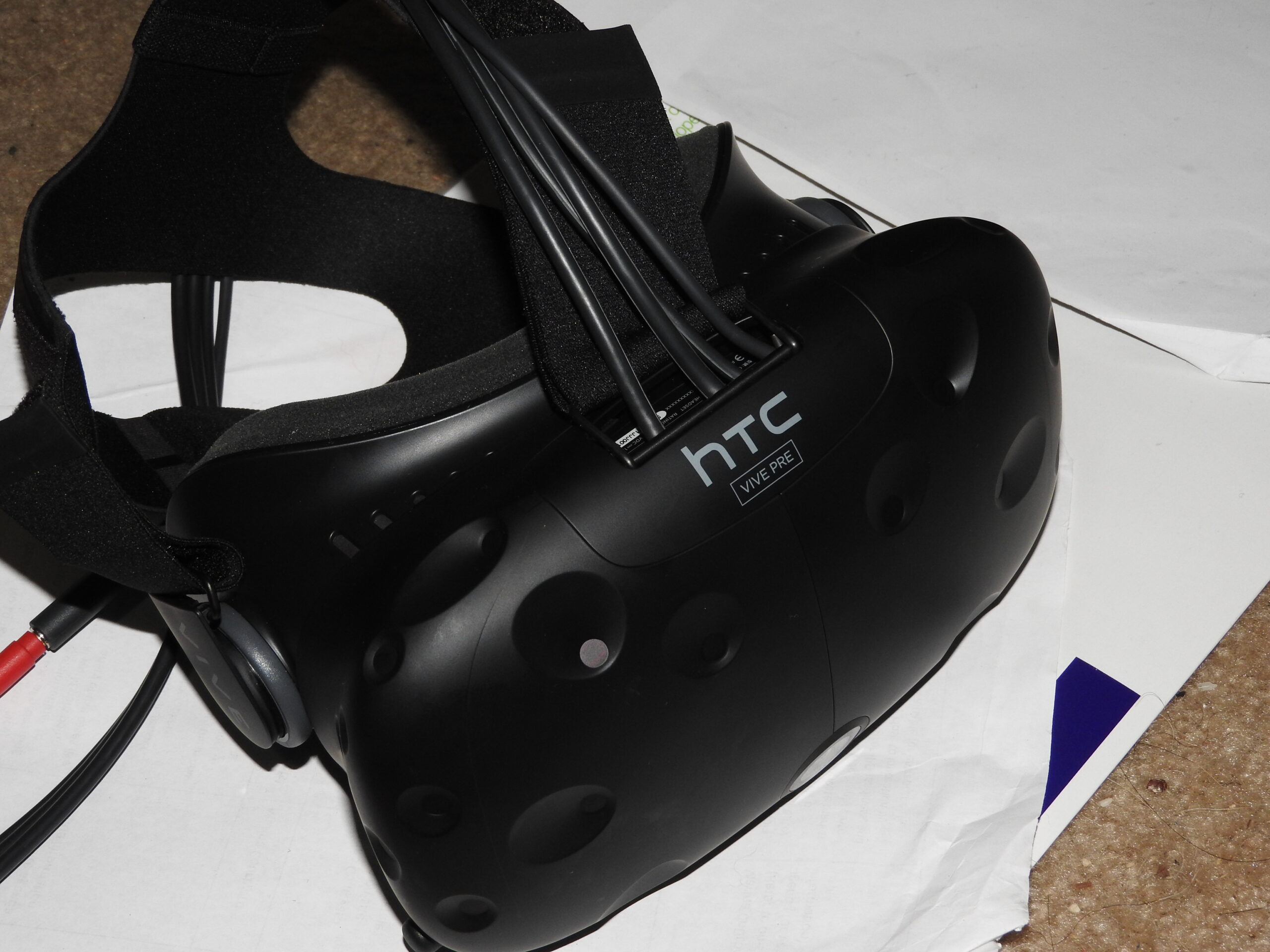One year ago HTC Vive started arriving for buyers. It was $200 more expensive than its chief competition, the Oculus Rift, but the headset also did a lot more than the initial PC-powered headset from Facebook when it first released.
At the heart of Vive’s leap is a fundamentally different tracking technology which involves mounting little boxes to the walls just like you would speakers. These boxes just need to be plugged into power to track objects with pinpoint accuracy across a 5 meter-wide space — for roomscale, it’s much cleaner than the Rift’s multiple USB cords running back to the PC. These boxes disappear when wearing the headset and you find yourself with the freedom to walk several steps around a virtual world and use your hands to interact with it.

Unlock premium content and VIP community perks with GB M A X!
Join now to enjoy our free and premium membership perks.
![]()

![]()